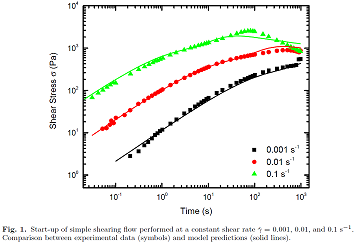
Natalie German
Technical University of Munich, Germany
Title: Computational investigation of the kneading process of bread dough
Biography
Biography: Natalie German
Abstract
A key step in the production of bread is the kneading process. The aim of this process is to form the gluten network and to bring air into the dough. While too little kneading results in dough with limited gas storage capacity, too much kneading can destroy the gluten network, impairing the dough’s ability to rise. There is a connection between the rheological properties of kneaded dough and the final quality of bread. Since scientific basis is lacking, the industrial kneading process is currently controlled using visual and haptic information from experienced personnel. Therefore, the goal of this project is to investigate the kneading process using CFD. For the rheological description of the dough, we used a new model developed by Tanner et al. (2011). We determined the exact values of the model parameters by fitting the model to small amplitude oscillatory shear, stress relaxation, transient simple shear, and uniaxial compression data. In the dough model, a so-called damage function is used to describe the partial degradation of the starch and the proteins during the deformation. We have slightly modified this function to prevent a drastic decrease in the moderate deformation range. With the help of this modification, we obtained an excellent agreement with the experimental data (see Fig. 1). Due to its complexity, the dough model has not yet been solved for an inhomogeneous flow field. In this talk, we will present the first results of such a simulation, performed in the annular gap between two eccentric cylinders. This benchmark geometry is an idealized form of a kneader. We will discuss the numerical solution strategy that we have implemented in OpenFOAM. A further focus will be the relative influence of the rotational speed on the shear and extensional deformations.


